P32 – Fenestraria Rhopalophylla / baby toes
$6.99
Baby toes plant, also known as Fenestraria Rhopalophylla, is a charming, tough succulent that grows small, packed club-like leaves. They are relatively easy to take care of as they can thrive on neglect and are well-adapted to the natural habitat of Namaqualand.
1 in stock (can be backordered)
Fenestraria rhopalophylla, commonly known as baby toes, is a succulent plant native to South Africa. These plants are adapted to arid conditions and have unique features that make them interesting additions to succulent collections. Here are some general care guidelines for Fenestraria rhopalophylla:
- Light:
- Baby toes prefer bright, indirect sunlight. Place them in a location where they receive plenty of bright, filtered light. A south or west-facing window is often suitable.
- Soil:
- Use a well-draining succulent or cactus mix for planting. The soil should allow water to pass through quickly to prevent waterlogged conditions, which can lead to root rot.
- Watering:
- Water sparingly, as these plants are adapted to survive in arid conditions. Allow the soil to dry out completely between waterings. Watering frequency will depend on factors such as temperature, humidity, and the size of the pot.
- Temperature:
- Baby toes prefer temperatures between 50°F to 80°F (10°C to 27°C). Protect them from frost, as they are not cold-hardy.
- Humidity:
- These plants do well in low to moderate humidity. Avoid placing them in environments with high humidity, as this can increase the risk of fungal issues.
- Container:
- Choose a shallow container with drainage holes to ensure excess water can escape easily. Baby toes have a shallow root system, so a wider pot is better than a deep one.
- Fertilizing:
- Fertilize sparingly, typically during the growing season (spring and summer). Use a diluted, balanced succulent fertilizer and follow the recommended application rates on the product.
- Propagation:
- Baby toes can be propagated through division or by collecting seeds. When dividing, wait until offsets have grown large enough to handle, then gently separate them from the main plant.
- Pests and Diseases:
- Keep an eye out for pests such as mealybugs and aphids. If you notice any infestation, treat it promptly with insecticidal soap or neem oil. Ensure good air circulation around the plant to prevent fungal issues.
- Seasonal Care:
- During the winter months, reduce watering as the plant is in a dormant phase. Be cautious not to overwater during this period.
| Weight | 16 oz |
|---|---|
| Dimensions | 5 × 5 × 5 in |
Only logged in customers who have purchased this product may leave a review.

 P110 - Echeveria Bule Dragon
P110 - Echeveria Bule Dragon 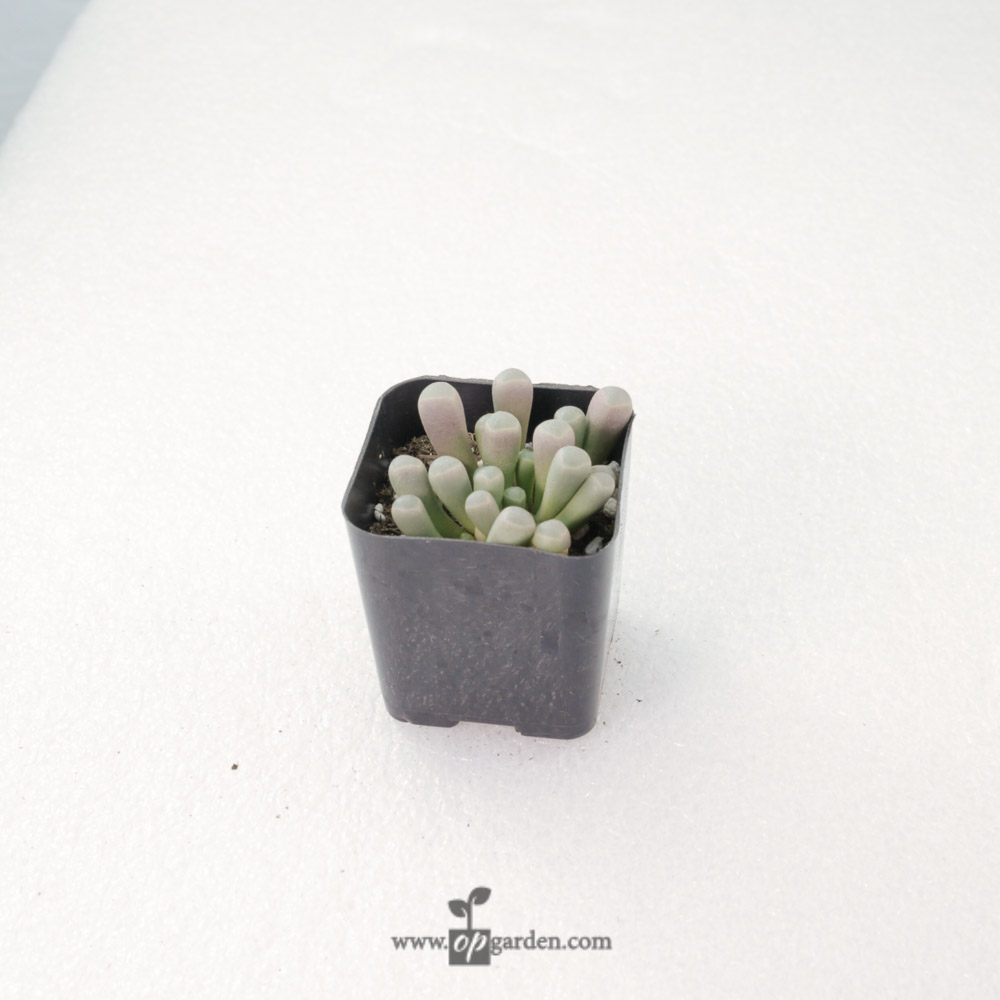

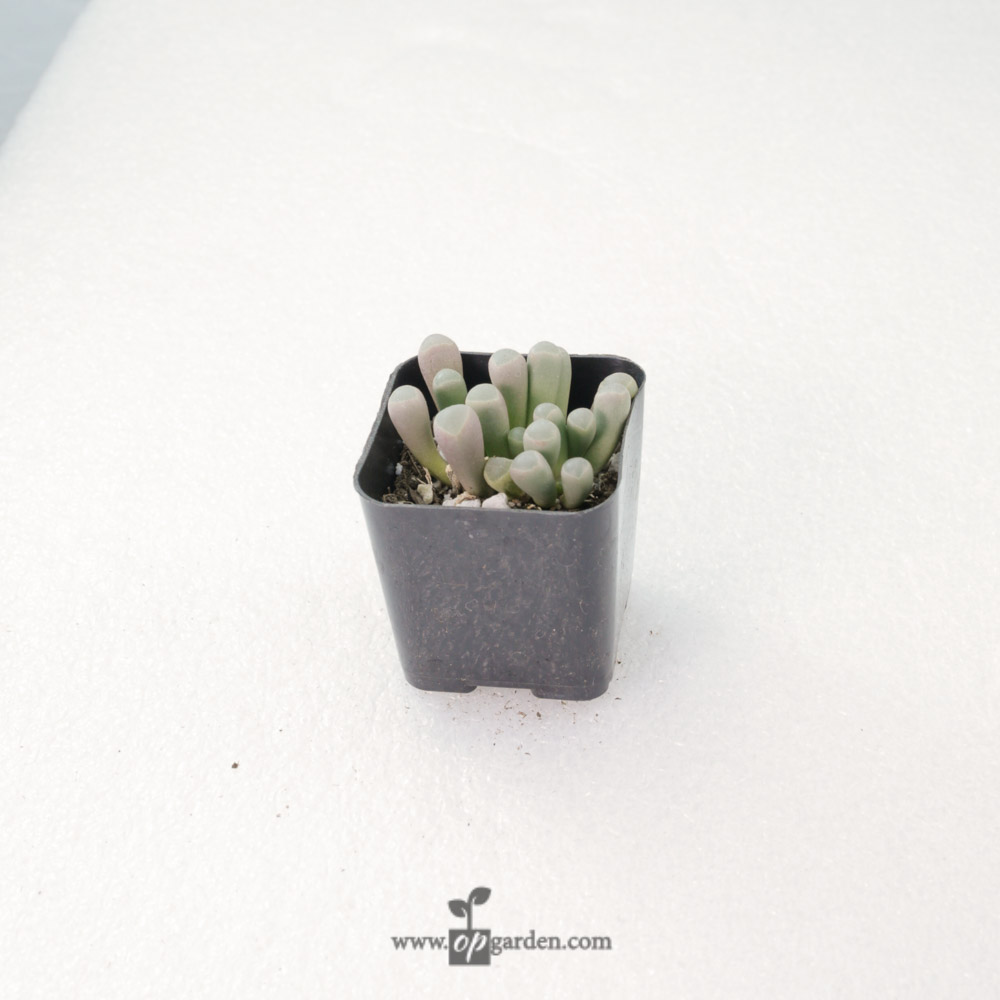
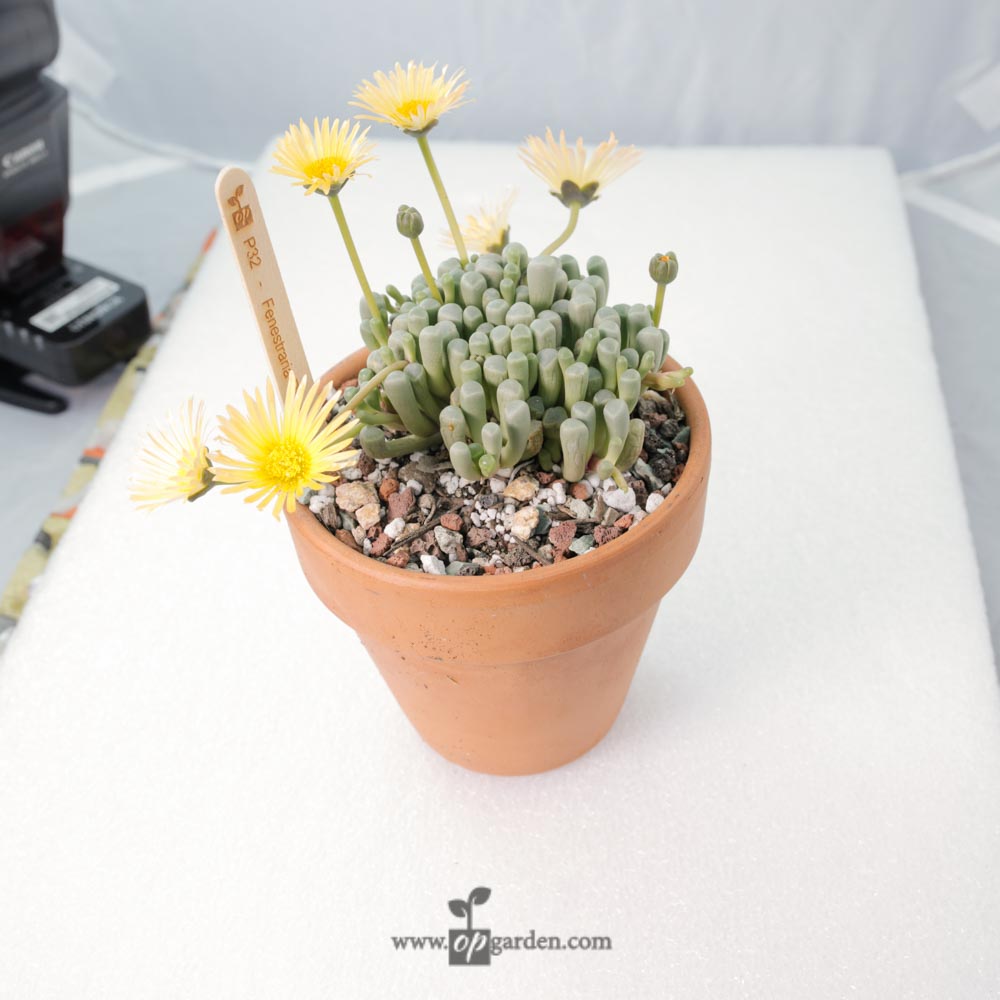
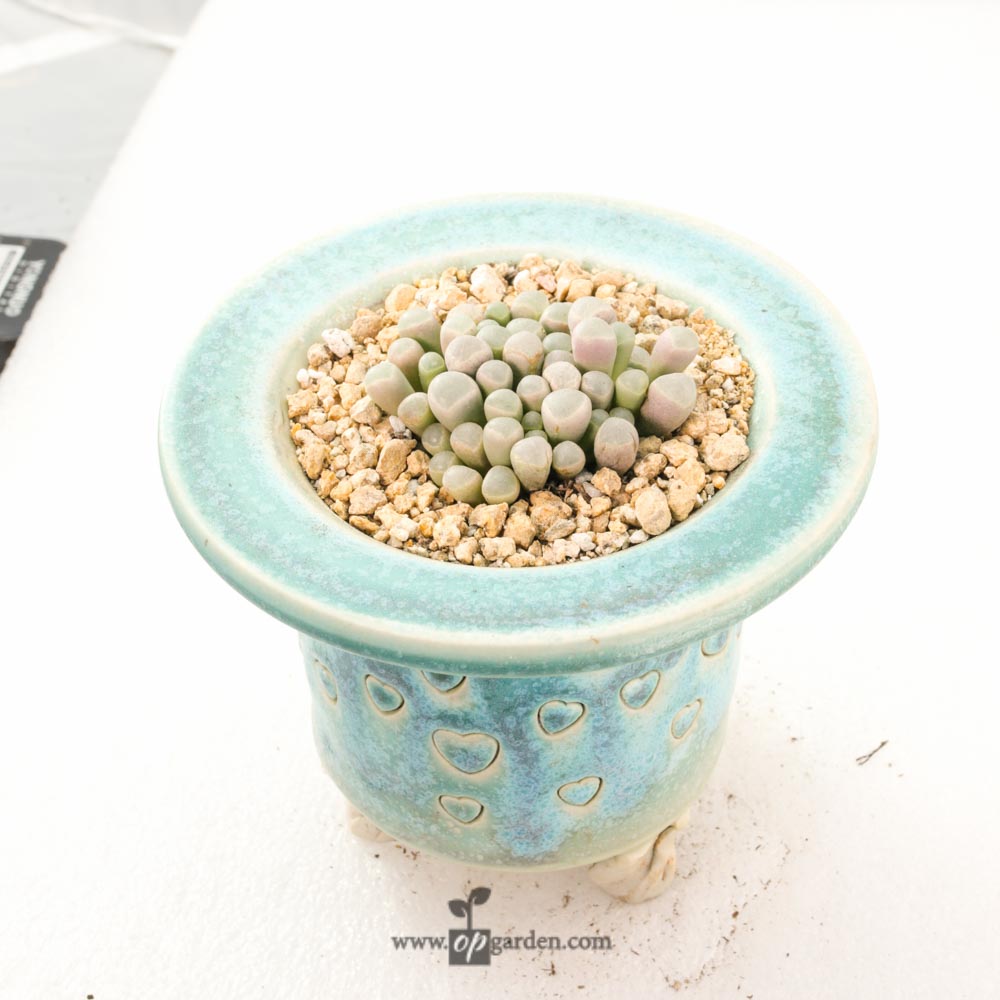





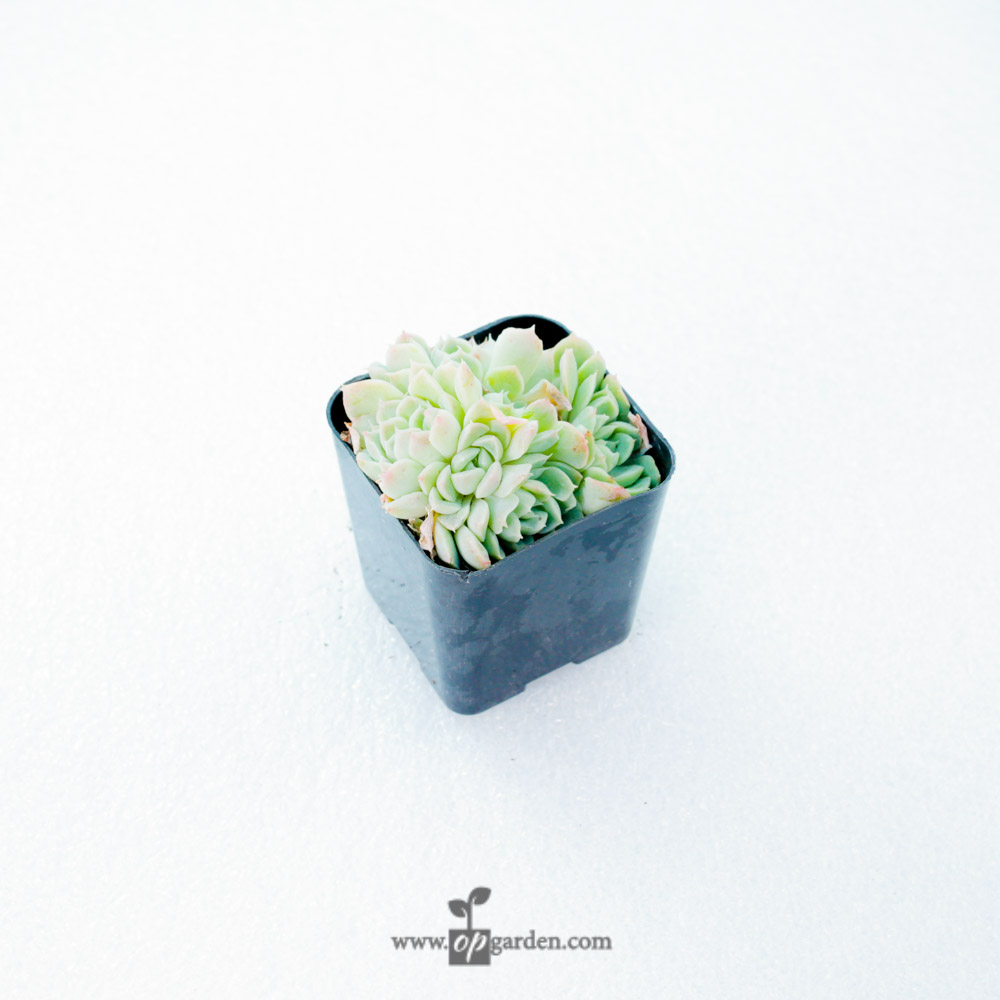

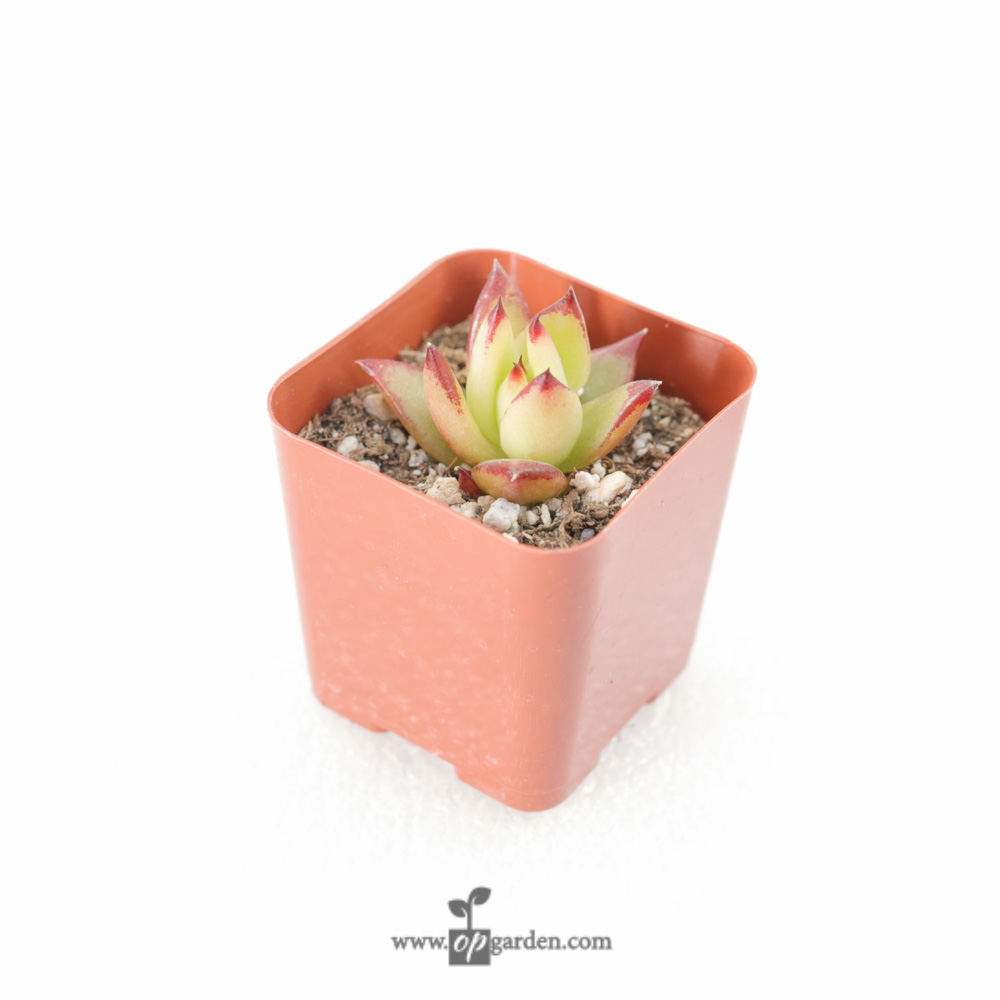
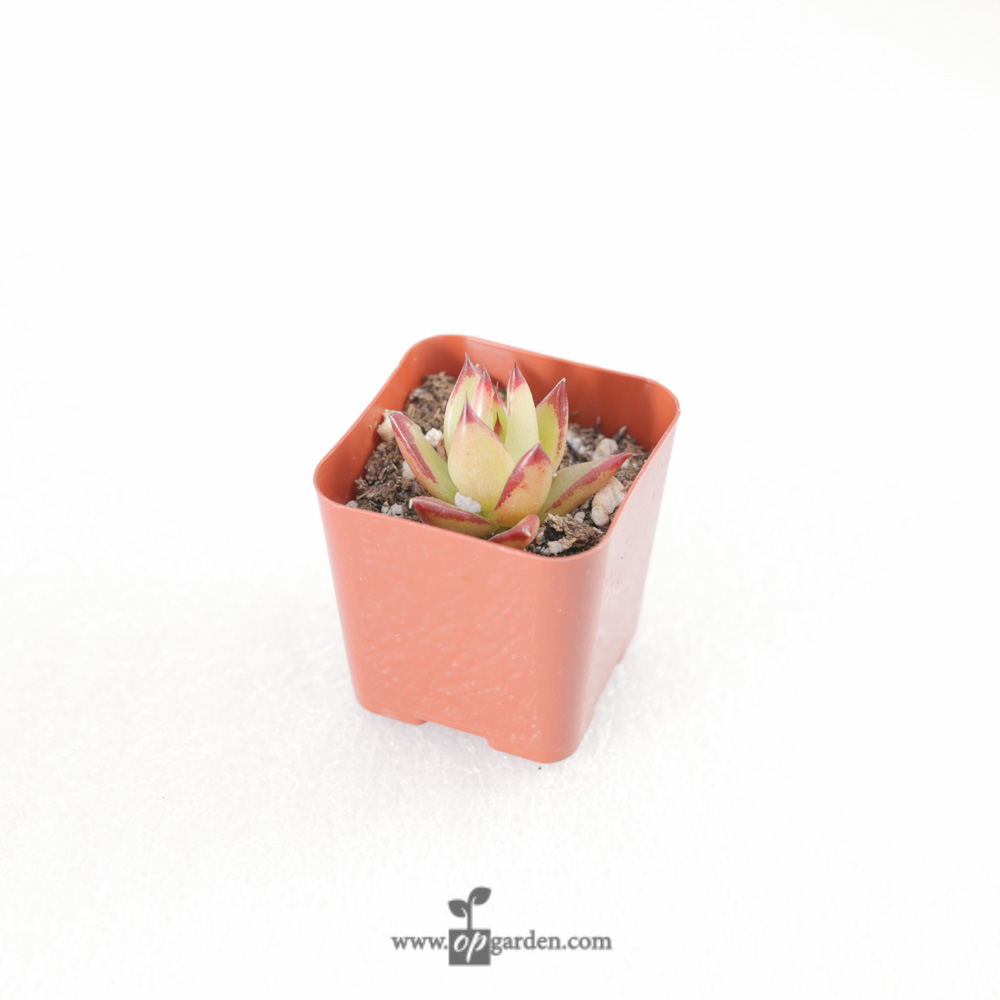
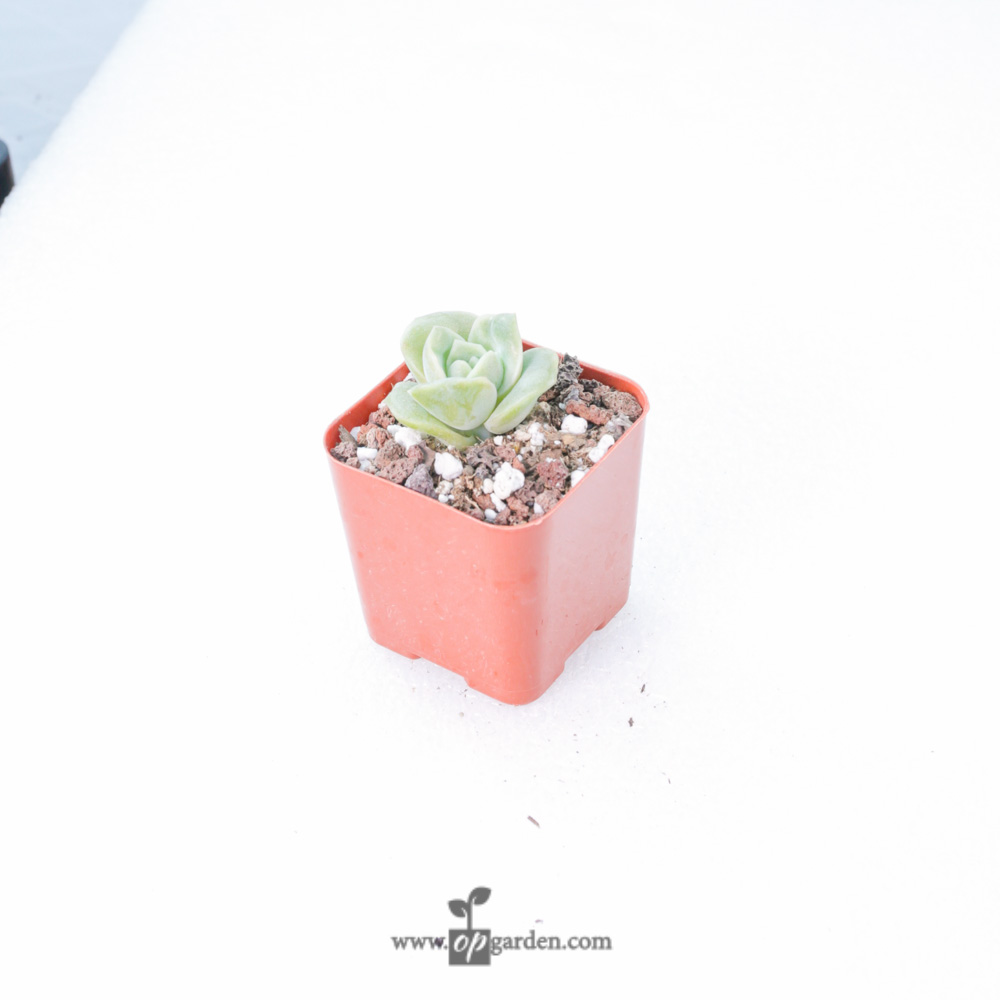
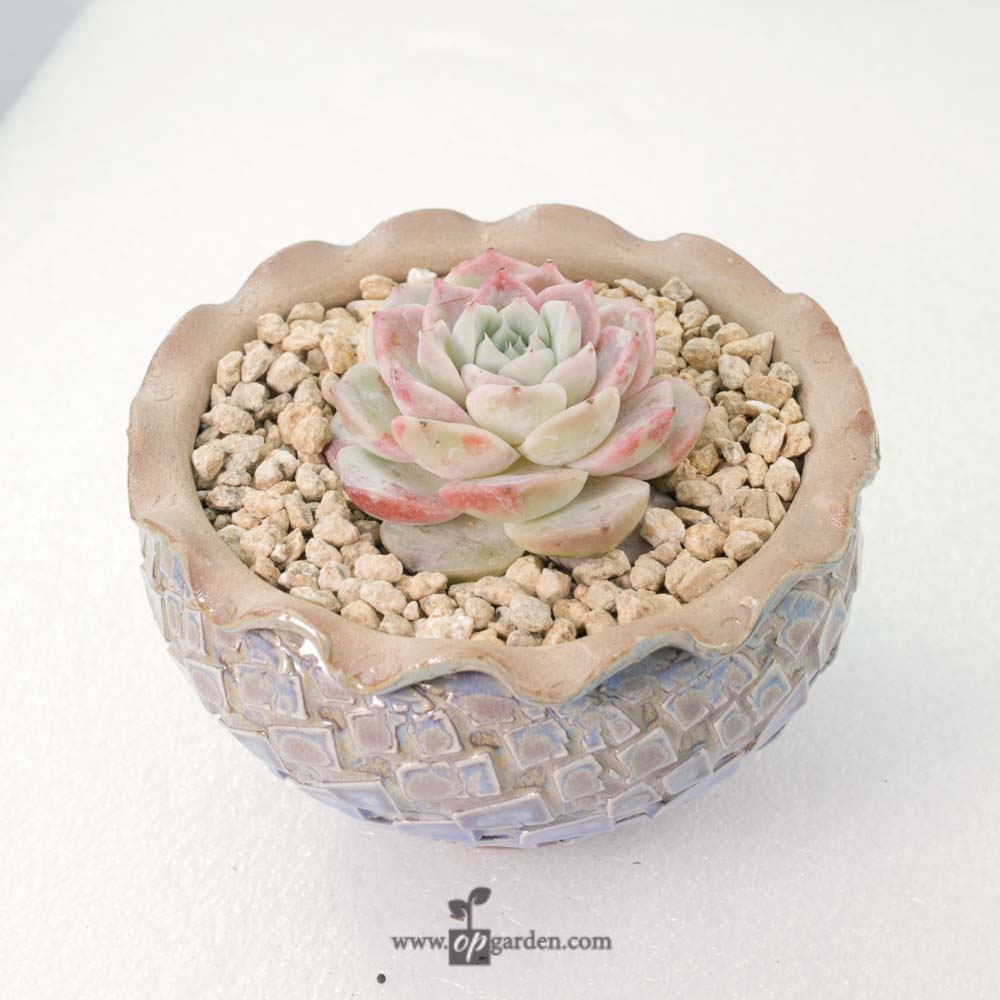
Reviews
There are no reviews yet.